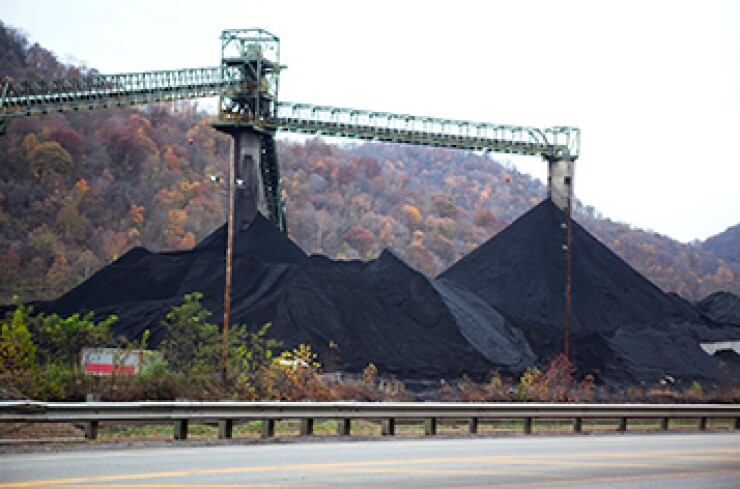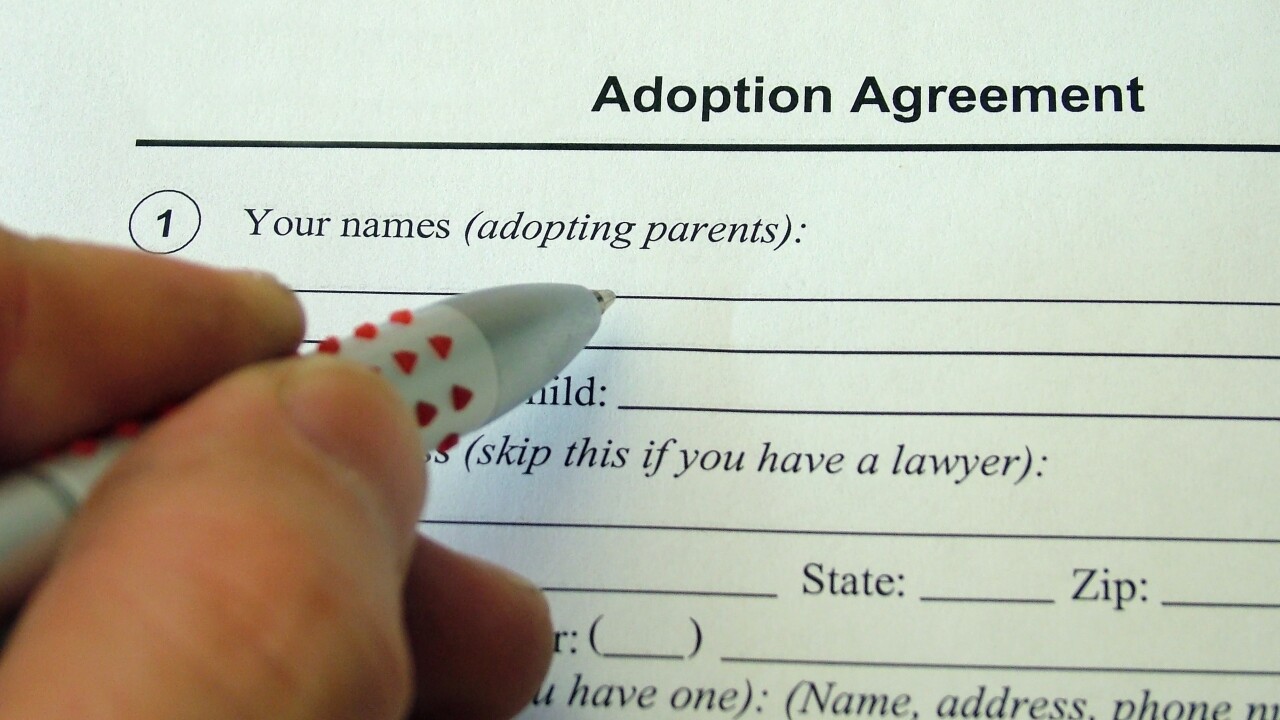The Internal Revenue Service issued a
The IRA, passed last year along party lines by Democrats in Congress, came from the Biden administration's desire to incentivize renewable energy sources, particularly in what the law refers to as "energy communities," providing a bonus for clean energy projects and facilities located in communities that have driven and historically been at the forefront of energy production.
The increased credit amount available for meeting the requirements of the energy community provisions is generally 10% for the Production Tax Credit and 2% for meeting the requirements for the Investment Tax Credit (10% if prevailing wage and apprenticeship requirements or certain other requirements are also met).

"The Inflation Reduction Act ensures all Americans benefit from the growth of the clean energy economy by driving investment and creating jobs in coal communities," said Treasury Secretary Janet Yellen in a statement. "Coal communities have the knowledge and resources to play a leading role in the growth of the clean energy economy, and additional public investment will jumpstart the process."
The Treasury Department is especially interested in appealing to coal communities, with Sen. Joe Manchin, D-West Virginia, threatening Sunday to take action against the Biden administration for not abiding by the original text of the legislation that he negotiated with Biden and Treasury officials last year, particularly when it comes to incentivizing U.S. manufacturing and the materials used in electric vehicles and batteries to qualify for tax credits (
The Treasury noted Tuesday that the energy community bonus for the ITC and PTC is available to developers for locating projects in historical energy communities, including areas with closed coal mines or coal-fired power plants. A census tract or directly adjoining census tract where a coal mine closed after 1999, or where a coal-fired electric generating unit was retired after 2009, qualifies as an energy community.
The tax credits aren't just available to coal-mining communities, of course. The bonus is also available to areas that have significant employment or local tax revenues from fossil fuels and higher than average unemployment. To qualify for the bonus, a metropolitan statistical area or non-metropolitan statistical area must have or have recently had at least 0.17% direct employment, or at least 25% local tax revenues related to the extraction, processing, transport, or storage of coal, oil or natural gas, as well as an unemployment rate at or above the national average unemployment rate for the previous year.
The text of the IRA specifies that brownfields, which are properties contaminated by hazardous materials or other pollutants, also qualify as energy communities, the Treasury noted in a press release.
"As the author of the energy reforms in the Inflation Reduction Act, I'm pleased the Treasury Department and the IRS have taken this big step forward on energy communities," said Senate Finance Committee chair Ron Wyden, D-Oregon, in a statement.
The Treasury and the IRS have partnered with the Interagency Working Group on Energy Communities to provide a
Awaiting the 48C tax credit
The announcement catalyzing investments in coal communities builds on the guidance released by the Treasury in February for the Qualifying Advanced Energy Project Credit under Section 48C of the Internal Revenue Code. The 48C credit sets aside at least $4 billion for investments in manufacturing in coal communities. Applications for the first round of funding are set to open by May 31, 2023.
The 48C credit is attracting interest from accounting firms, some of whom worked on an earlier version of the tax credit over a decade ago.
"There was a prior version of the 48C credit that was part of the stimulus bill in 2009," said Courtney Sandifer, renewable energy practice lead at Top 10 Firm BDO USA. "I did work on numerous applications with companies and across different technologies back then, so it's interesting to see this credit get restarted as part of the Inflation Reduction Act. There are similarities and differences between the first iteration and this one. It's a tremendous opportunity for companies that are looking to become part of the clean energy ecosystem in the U.S., and build manufacturing capacity to support that."
Accounting firms can help advise clients on taking advantage of tax incentives like the 48C credit. "At BDO, we're talking with many companies across many industries that have a piece of this overall puzzle of the Inflation Reduction Act and clean energy transition," said Sandifer. "This is certainly one of the areas that has a lot of mindshare right now because it's different than any other credits there. This is a kind of a competitive allocation process, so there's a lot of discussion with companies thinking about what they make that might fit under one of these categories in 48C."
Companies are asking themselves questions about applying for the program.
"Do we even want to try to do an application in the first round, or do we want to kind of see how it plays out, because there will be at least two rounds," said Sandifer. "How much is our cost going to be, and how much is it worth to us at this point to go through the process of submitting one of these applications, because they're pretty intensive. It's really where the industry is right now in terms of 48C. There are still a few months to think about submitting the initial paperwork if you submit at the end of the application period. A lot of assessment and evaluation, but I'm fairly certain that there's going to be a lot of interest in this program by the people submitting the concept papers over the summer."





